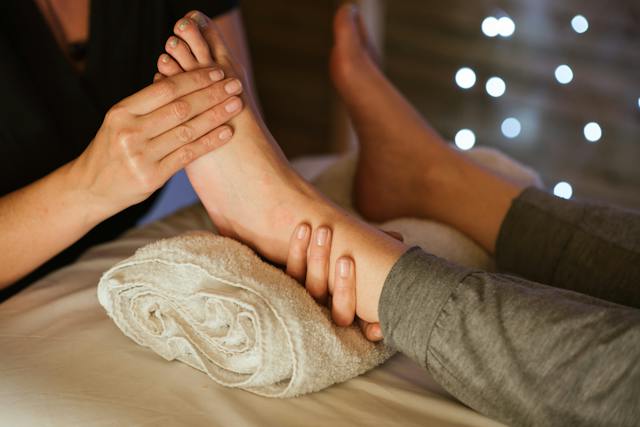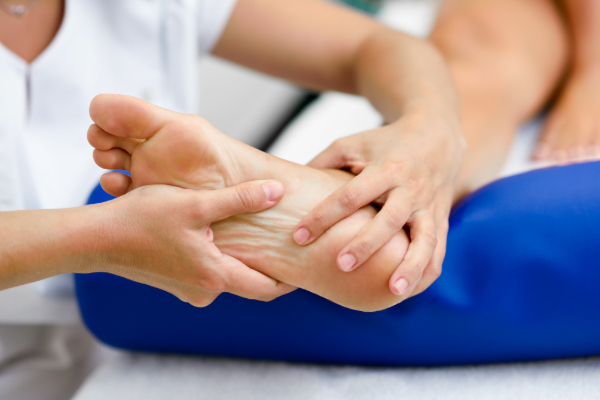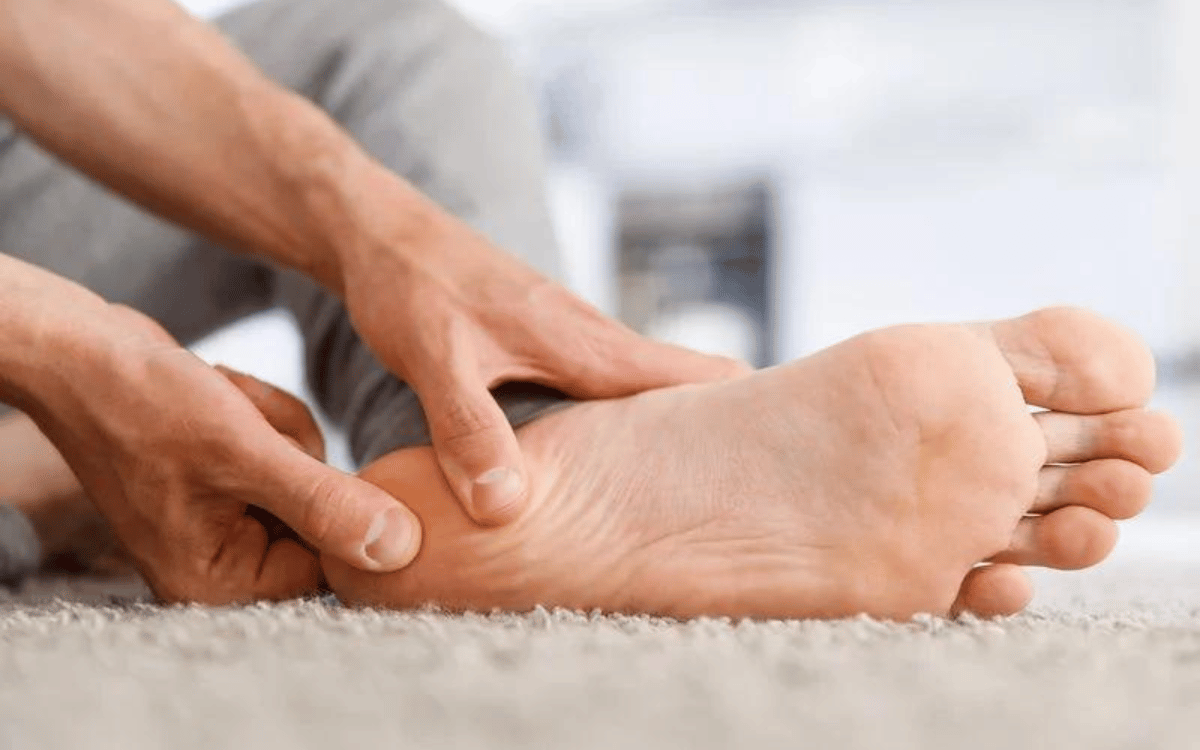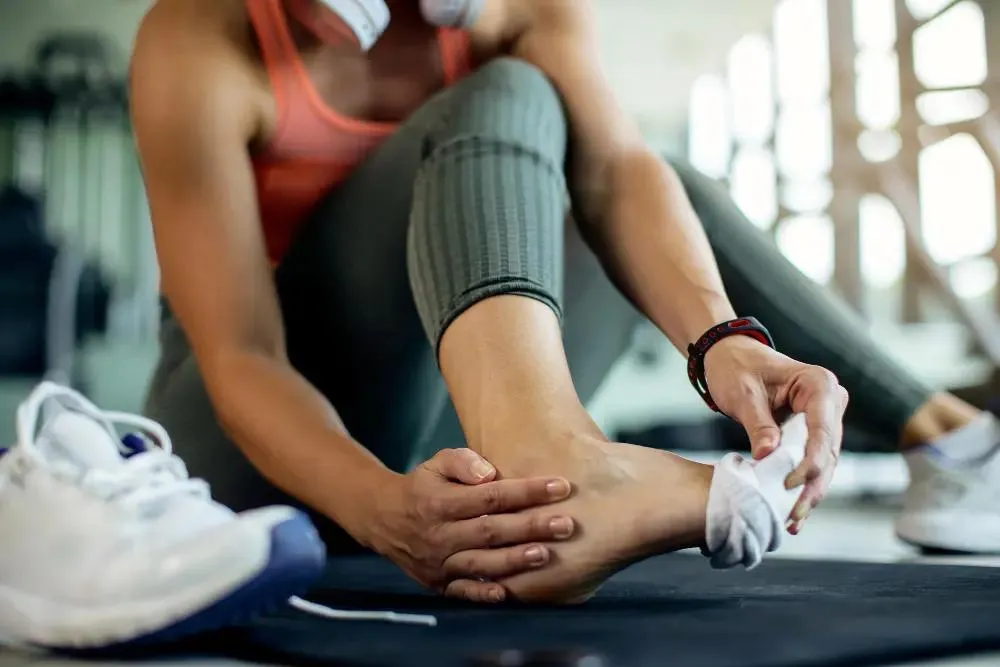
Ankle injuries can affect people of all activity levels. Whether caused by a misstep, overuse, or impact, addressing the injury promptly and correctly helps manage the recovery process. Here are some helpful steps to care for an ankle injury:
Recognize the Signs
Swelling, tenderness, and limited movement are typical signs of an ankle injury. You might also see bruising or have difficulty bearing weight on the ankle. These symptoms can range from mild to severe and may indicate a sprain, strain, or fracture. Paying attention to these signs can help you decide what to do next or when to see a foot doctor.
Focus on what is manageable. Avoid pushing through severe pain, as it could worsen the injury. Watch how your ankle responds to gentle movement or rest to determine if further action is needed.
Take Immediate Steps
When you twist or injure your ankle, acting quickly can help prevent further problems. A standard and effective method is called R.I.C.E., which stands for Rest, Ice, Compression, and Elevation:
- Rest: Reduce weight on the ankle by avoiding walking or standing on it. Using crutches or a supportive device can make this easier.
- Ice: Apply ice packs. Wrap them in a cloth to prevent direct contact with your skin.
- Compression: Wrap the ankle with an elastic bandage to provide gentle, even pressure. Do not wrap too tightly, as this could cause more swelling.
- Elevation: Keep your foot raised above heart level to help reduce swelling.
In the first 48 hours after an ankle injury, staying off that foot and following these steps regularly can lessen pain and swelling.
Begin Mobility Exercises
After the initial swelling goes down, doing simple exercises can help improve ankle movement. Easy activities like pointing and flexing your toes or moving your ankle in small circles allow gentle motion without overexertion. Start slowly and only increase activity when walking or stretching feels more comfortable.
Balance exercises and stretches for the muscles around the ankle may also help with recovery. Standing on one leg while holding onto a stable surface is a good starting point. Be sure to stop if you experience sharp pain or increased swelling. These movements should be gradual and suitable for the current stage of your injury.
Seek Professional Help
Certain symptoms may suggest you need a professional evaluation. If you experience ongoing swelling, severe pain that doesn’t improve after a few days, or cannot put any weight on your ankle, you should seek further medical examination. When consulting a healthcare provider, follow their advice on treatments such as physical therapy, braces, or medications, to ensure appropriate care for your injury. Combining your personal judgment with professional guidance may help prevent unnecessary strain and avoid pain.
Wear Supportive Footwear
Support is beneficial during and after recovery. Wearing supportive shoes can reduce strain on your ankle during daily activities. Shoes with a firm sole and good cushioning help distribute your weight evenly, giving you better stability. When needed, you can also use an ankle brace or compression sleeve for extra support. These supportive items come in different types and levels, helping protect your ankle as it heals.
Get Help for an Ankle Injury
Strengthening the lower-leg muscles and maintaining flexibility can help prevent future injuries. Simple exercises such as calf raises and seated stretches may improve overall stability. Gradually returning to daily activities supports recovery and reduces long-term discomfort. Taking care of an ankle injury requires careful attention and steady progress. If needed, consult a foot and ankle specialist for guidance during recovery.





